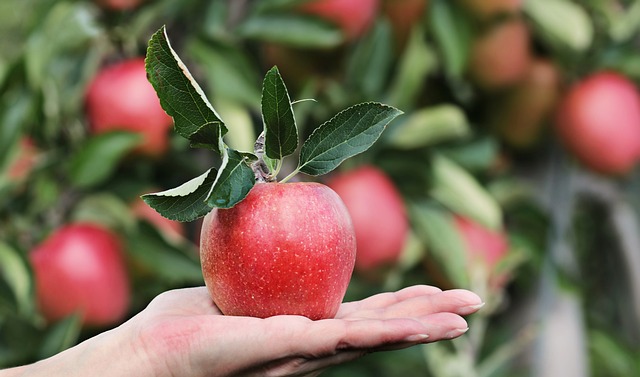The Science of Food Labels: How to Read and Understand Them
The serving size indicated on food packaging is a crucial piece of information that helps consumers understand the appropriate portion for consumption. It is important to note that the serving size is not a recommendation of how much one should eat, but rather a standard measurement that allows for easy comparison between different products. This measurement is typically provided in familiar units like tablespoons, cups, or pieces to simplify understanding for the consumer.
Servings per container, on the other hand, indicate the number of servings that the entire package contains. Understanding this information is essential for individuals who wish to monitor their caloric intake or track their consumption of specific nutrients. By dividing the total content of the package by the serving size, one can easily calculate how many servings they have consumed. This information empowers consumers to make informed decisions about their portion sizes and helps promote mindful eating habits.
Calories and Nutrient Information
Understanding the calorie and nutrient information provided on food labels is essential for making informed choices about our diet. Calories indicate the amount of energy present in a serving of the food item, while nutrients such as fats, carbohydrates, proteins, vitamins, and minerals give us valuable information about the overall nutritional content of the product. By paying attention to this information, we can ensure that our bodies are receiving the necessary nutrients without consuming excess calories or unhealthy components.
Reading the nutrient information also helps us identify if a particular food item is a good source of essential nutrients like vitamins and minerals. This information can be particularly useful for individuals with dietary restrictions or specific health goals. Keeping track of the nutrient content can assist in maintaining a balanced diet and meeting our daily nutritional needs. By understanding the calories and nutrient content of the foods we consume, we can make better choices for our overall health and well-being.
• Calories indicate the amount of energy in a serving
• Nutrients like fats, carbohydrates, proteins, vitamins, and minerals provide valuable information about nutritional content
• Paying attention to this information helps ensure necessary nutrients are consumed without excess calories or unhealthy components
• Identifying if a food item is a good source of essential nutrients can be helpful for those with dietary restrictions or specific health goals
• Tracking nutrient content can assist in maintaining a balanced diet and meeting daily nutritional needs
Ingredients List
When it comes to purchasing packaged foods, one crucial aspect to consider is the ingredients list. This list provides valuable information about what the product contains, helping consumers make informed choices about their food selections. By reading the ingredients list, consumers can easily identify any allergens, additives, or unwanted ingredients present in the product.
It is essential to note that ingredients are listed in descending order by weight, with the most abundant ingredient listed first. This means that if a product lists sugar or unhealthy fats as one of the first ingredients, it may not be the healthiest option. Being mindful of the ingredients list can help individuals make healthier food choices and steer clear of products with excessive processed or artificial additives.
What is the serving size and servings per container for this product?
The serving size is typically listed on the packaging, along with the number of servings per container.
How can I find the calorie and nutrient information for this product?
The calorie and nutrient information is usually found on the nutrition label on the packaging.
Where can I find the ingredients list for this product?
The ingredients list is usually located on the packaging, typically near the nutrition label.







